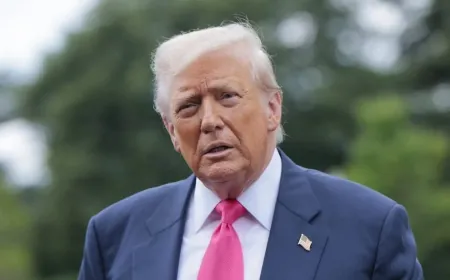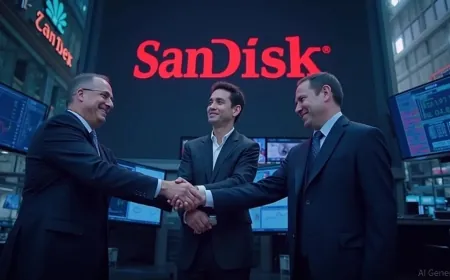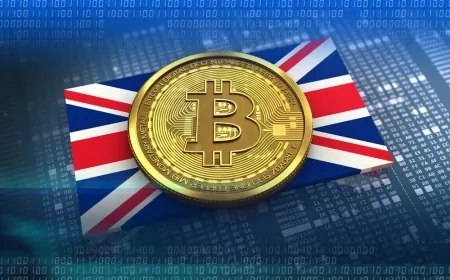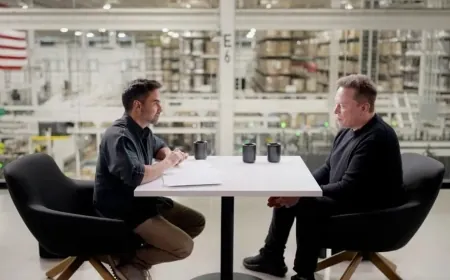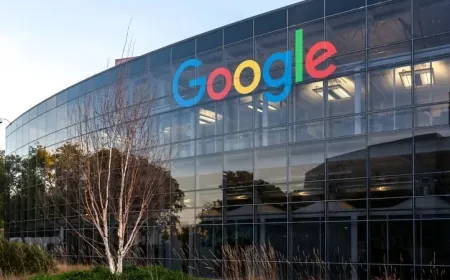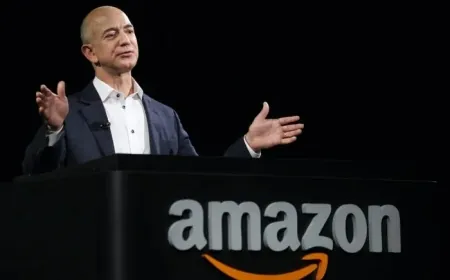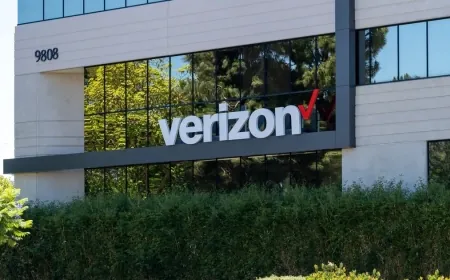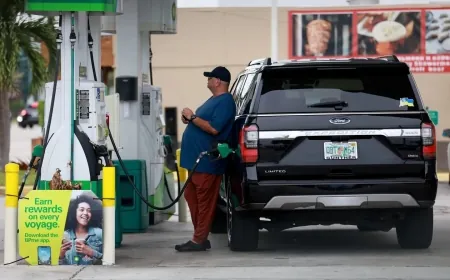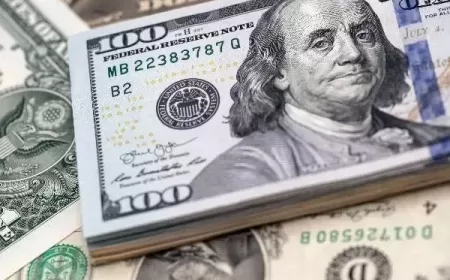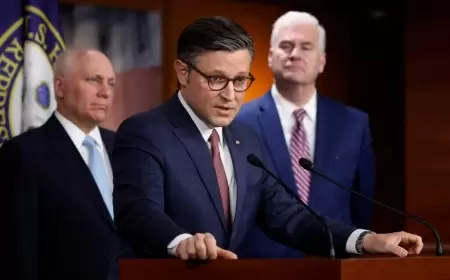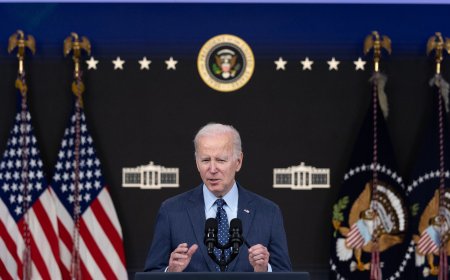Tariffs, Tension & Tesla: The Real Reason Elon Musk Left the White House Just After 10 Days
From clashing over tariffs to protecting Tesla’s future, Elon Musk’s decision to leave Trump’s team stunned insiders. A look at the behind-the-scenes pressure that forced his early exit from DOGE.
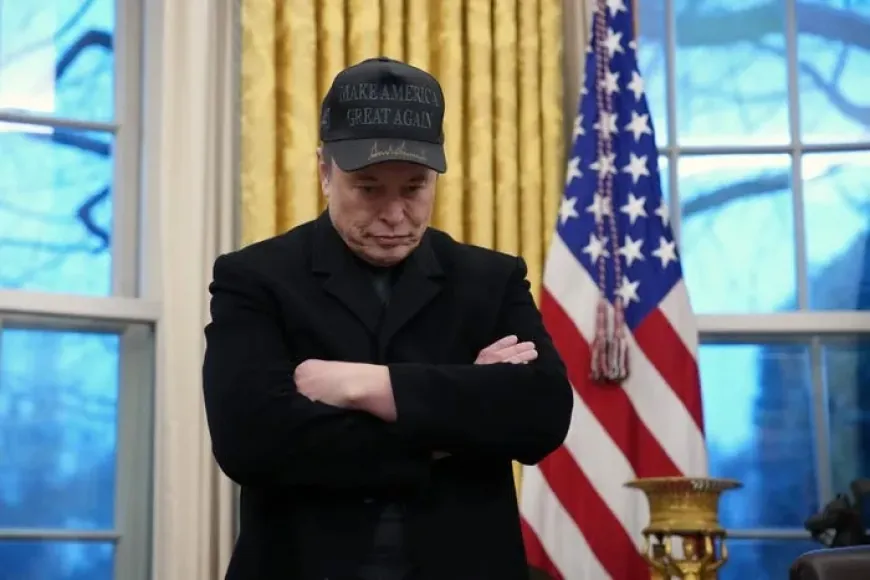
Elon Musk is a name that resonates with innovation, ambition, and pushing the boundaries of technology. Known for Tesla’s electric vehicles and SpaceX’s reusable rockets, Musk’s influence spans industries. But in early 2024, Musk made headlines for a different reason—he joined the Trump administration as a special advisor to a new government agency called DOGE, aimed at boosting efficiency in government operations.
Though surprising, this move was seen by some as a chance to bring Silicon Valley’s fast-paced innovation culture into Washington’s slow-moving bureaucracy. Yet after just 130 days, Musk stepped away. What happened? This article unpacks Musk’s motivations, actions, challenges, and the lessons from this brief but impactful episode.
Trump Taps Musk for Government Overhaul
When Elon Musk accepted a role as a “Special Government Employee” at the Department of Government Efficiency (DOGE), many wondered why the tech billionaire would step away from his multi-billion dollar businesses to join the federal government.
Musk himself said the U.S. government spends trillions annually but is bogged down by outdated systems and inefficiencies that waste taxpayer money and slow services. From old IT infrastructure to duplicated programs and slow procurement processes, Musk saw huge potential to apply modern technology and management techniques to fix these issues.
He described government as “one of the biggest, most important systems” that desperately needed modernization. Musk’s background in streamlining Tesla’s production lines and accelerating SpaceX’s engineering cycles made him confident he could help introduce similar efficiencies at scale in government.
The Trump administration, eager to showcase progress and innovation, welcomed Musk’s involvement as a symbol of bringing Silicon Valley smarts to Washington. DOGE was set up as a new agency with the mission to identify waste, automate processes, and implement cost-saving technology—an ambitious effort to overhaul government operations from within.
Musk’s Plan to Cut Waste and Modernize Government
Upon joining DOGE, Musk outlined several key goals based on his experience in the private sector:
-
Modernizing Outdated Technology: Most government agencies still use legacy IT systems developed decades ago. These systems are expensive to maintain, often incompatible, and vulnerable to cyber threats. Musk pushed aggressively for moving government data and applications to modern cloud platforms, which provide better security, scalability, and cost efficiency.
-
Cutting Wasteful Spending: Government contracts are notoriously complex, with many departments unknowingly paying for duplicate services or buying similar equipment independently. Musk’s team audited spending patterns to identify overlapping contracts and redundant programs. For example, multiple agencies were contracting separate cloud services without coordination—wasting millions of dollars annually.
-
Changing the Government Mindset: Beyond technology and budgets, Musk emphasized culture change. Government employees are trained to be risk-averse, following strict protocols to avoid mistakes. Musk wanted to introduce a startup mentality—encouraging innovation, experimentation, and learning from failure—to help agencies move faster and adapt to changing needs.
-
Data-Driven Decision Making: He advocated for better use of data analytics to track performance, detect inefficiencies, and guide policy decisions in real time.
Musk believed that these changes would save billions over time and vastly improve how government serves citizens. However, these goals required cooperation across federal agencies, political will, and time—resources that were not always available.
How Serving the Government Affected Musk’s Businesses
While Musk’s government role was full of promise, it came with significant trade-offs. Running Tesla, SpaceX, Neuralink, and The Boring Company is a monumental task, requiring constant innovation and attention. Musk’s shift to government work had noticeable effects on his business empire:
-
Tesla’s Production and Supply Chain Struggles: Tesla depends heavily on parts manufactured abroad. About 55% of Tesla components come from China, and another 20% from Mexico. Trump’s tariffs on imports from these countries increased costs, hurting Tesla’s profit margins and slowing production. Musk had long criticized these tariffs, but ironically, he was now part of the administration enforcing them. This contradiction added tension to his government role.
-
SpaceX Program Delays: SpaceX’s Starship rocket development, aimed at lunar missions and Mars colonization, faced delays during Musk’s absence. His hands-on leadership is key to solving technical challenges quickly. His divided attention meant fewer breakthroughs and slower timelines.
-
Investor Concerns and Stock Volatility: Tesla’s stock became more volatile as investors worried Musk’s partial focus on government might impact innovation speed and execution. Although Tesla’s fundamentals remained strong, the uncertainty over Musk’s priorities affected market sentiment.
-
Management Challenges: Musk’s demanding schedule meant he had less time for direct involvement in day-to-day operations, increasing pressure on his executive teams to maintain momentum.
This period exposed the delicate balance Musk needed to strike between public service and private enterprise—showing how deeply involved he is in his companies’ success.
How Musk Clashed with Trump Over Tariffs
One of the biggest sticking points for Musk during his government role was the Trump administration’s tariff policies, particularly on imports from China and Mexico.
The tariffs were designed to protect U.S. manufacturing and jobs by making imported goods more expensive. However, companies like Tesla and SpaceX rely on global supply chains, sourcing components internationally to reduce costs and maintain quality.
Musk publicly criticized tariffs, explaining they increased Tesla’s production costs and slowed innovation. About 75% of Tesla’s parts were subject to these tariffs, squeezing margins and complicating logistics.
This disagreement created friction with Trump’s team, which maintained tariffs were necessary for economic nationalism and long-term industrial strength.
This clash highlighted a broader tension: balancing protectionist policies with the realities of modern global business. Musk’s tech-driven perspective often conflicted with the administration’s trade agenda, limiting his ability to influence policy.
Why Musk Quit DOGE After Just 130 Days:
Despite his high hopes, Musk resigned from his role at DOGE after just over four months. Several factors contributed:
-
Limited Authority: Musk was an advisor without executive power. His recommendations were slowed by bureaucracy and political considerations. Without direct control, many reforms stalled or were watered down.
-
Political Resistance: Government reforms often threaten established interests. Musk’s aggressive push for change met resistance from career bureaucrats and politicians reluctant to alter the status quo.
-
Need to Focus on Business: Tesla and SpaceX faced significant challenges that demanded Musk’s full attention. The growing pressures from tariffs, supply chain issues, and ambitious projects required hands-on leadership.
-
Cultural Mismatch: Musk’s fast-moving, risk-taking approach clashed with the government’s slow, cautious culture. Adapting to bureaucratic pace frustrated Musk’s desire for rapid progress.
In his departure statement, Musk emphasized that meaningful reform needs sustained commitment and structural changes beyond advisory roles.
Musk’s Legacy at DOGE:
Although short-lived, Musk’s involvement with DOGE sent a powerful message:
-
Symbolic Boost for Government Innovation: Having one of the world’s top innovators involved brought attention to the urgent need for government modernization.
-
Concrete Recommendations for Efficiency: Musk’s team identified millions in potential savings by reducing contract duplication and updating IT systems.
-
Cultural Awareness: His efforts started conversations about introducing startup principles into government, a shift that could pay off in the long run.
-
Highlighting Challenges: Musk’s experience showed how difficult it is to translate private sector innovation into government change due to politics, culture, and limited authority.
For future efforts to modernize government, Musk’s tenure provides a case study in what works and what doesn’t.
What Musk’s Role Reveals About Business, Politics, and Innovation
Musk’s brief government role reveals several broader insights:
-
Public-Private Partnerships Are Complex: Bringing entrepreneurs into government can inspire change but requires clear authority and political support to succeed.
-
Trade Policy Has Real Business Impact: Tariffs can protect some jobs but also increase costs and slow innovation for companies deeply tied to global supply chains.
-
Government Reform Is a Marathon, Not a Sprint: Lasting change needs patience, broad buy-in, and cultural shifts—not just quick fixes or celebrity involvement.
-
Entrepreneurs Must Weigh Trade-offs: Serving in government can slow business progress, forcing leaders to balance public duty with company demands.
The Future of Tech in Government and Lessons from Musk’s Journey
Elon Musk’s stint in government might have been short, but it opens the door for future reforms:
-
Empowering Innovators: Future advisors need real power, budget control, and bipartisan support to implement reforms.
-
Building Coalitions: Government modernization requires cooperation between political parties, agencies, and private partners.
-
Reconsidering Trade Policies: Balancing protectionism with global supply chain realities will be crucial for American competitiveness.
-
Embedding a Culture of Innovation: Long-term, government must nurture an environment where risk-taking and rapid learning are encouraged.
Musk’s experience offers valuable lessons for anyone seeking to bridge technology and governance.
Elon Musk’s Bold Experiment Offers Hope and Cautions
Elon Musk’s 130 days as a government advisor were a bold experiment in applying Silicon Valley’s innovation to America’s federal bureaucracy. He brought energy, ideas, and urgency, but also faced political resistance, cultural challenges, and conflicting policies.
His business suffered during this period, highlighting the difficulty of balancing public service with private enterprise leadership.
While Musk ultimately left the role, his efforts shed light on the complexity of government reform and the need for real authority, patience, and collaboration.
For Americans hoping to see a more efficient, tech-savvy government, Musk’s journey is both a hopeful sign and a cautionary tale—showing the promise of innovation, but also the hard realities of politics and policy.
Also Read: Elon Musk Reportedly Stepping Back from DOGE—Tesla Stock Surges in Response

